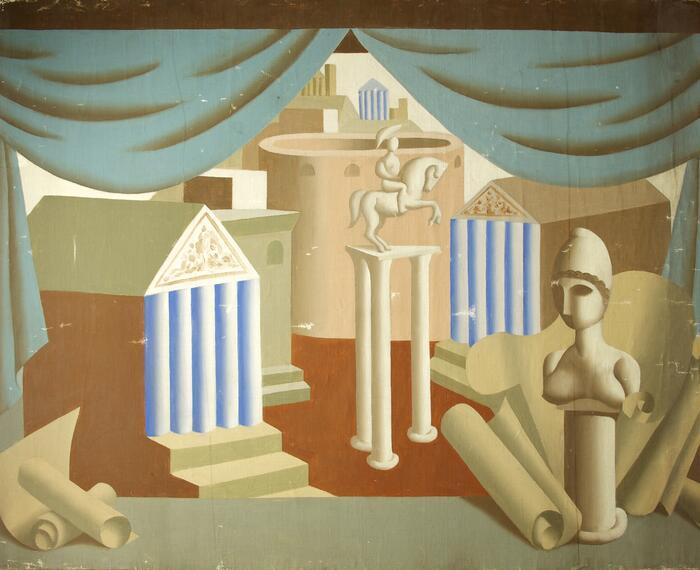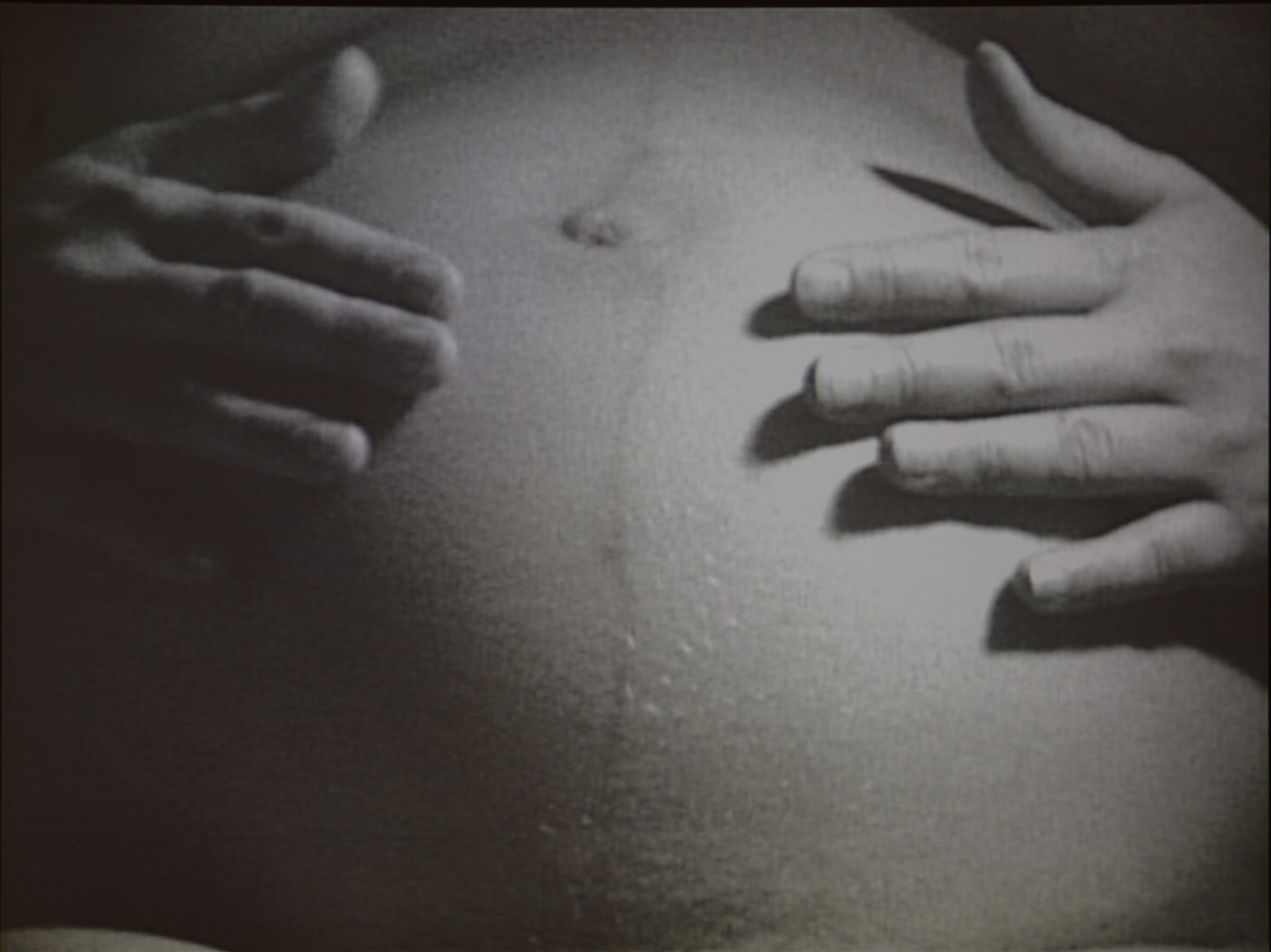Materials:
Film, DVD
Dimensions:
1:30 loop minutes
Credit:
Presented by the Contemporary Art Society through Valeria Napoleone XX Contemporary Art Society, 2019/20
Ownership history:
Purchased from the Pippy Houldsworth Gallery, London by the Contemporary Art Society through Valeria Napoleone XX Contemporary Art Society, 2019; presented to Brighton Museum & Art Gallery, 2019
Mary Kelly’s important early film Antepartum was acquired for the Royal Pavilion & Museums, Brighton & Hove’s Fine Art Collection through the Valeria Napoleone XX Contemporary Art Society award, which supports the acquisition of significant works by a living female artist for a museum collection.
Mary Kelly is an established figure on the international art scene. She was renowned early in her career for introducing feminist concerns into the male-dominated conceptual art world in the 1970s. The film Antepartum is part of a series of works where Kelly focus on the experience of pregnancy and motherhood. It is a prologue to her iconic Post-Partum Document, (1973-79) a six-year project in which Kelly, influenced by psychoanalytic theory, explored and documented the mother-child relationship.
Composed of a black and white single close-up shot, Antepartum portrays a pregnant stomach at full term. Action is minimal – we witness the woman’s abdomen rising and falling with each intake and exhalation of breath. The subject’s hands lightly caress her stomach. The baby’s foetal movements are at times visible under the surface of the skin. The short film is projected as a continuous loop which enables viewers to feel they are watching a pregnancy in real-time.
Inspired by contemporary experimental filmmaking, Kelly refuses narrative. Such an aesthetic reflects earlier durational film-works such as Andy Warhol’s iconic films Sleep and Empire (1964). However, going beyond highlighting the surface nature of the film image, Kelly uses the durational film to communicate a female experience that lies outside of conventional narrative language and makes visible what was invisible in the art world at the time. She encourages a re-thinking of conventional concepts of what constitute ‘creativity’ and ‘productivity’.
Antepartum is part of Royal Pavilion Museum’s (RPM) new collection of artists’ moving image from the 1970s acquired through the Art Fund’s New Collecting Award and CAS. Antepartum will also serve to comment on and interrogate the museum’s existing painting collection and its historical representations of women more generally. The Valeria Napoleone XX Contemporary Art Society award proves a milestone in RPM’s efforts to diversify its collection and increase its representation of women.


